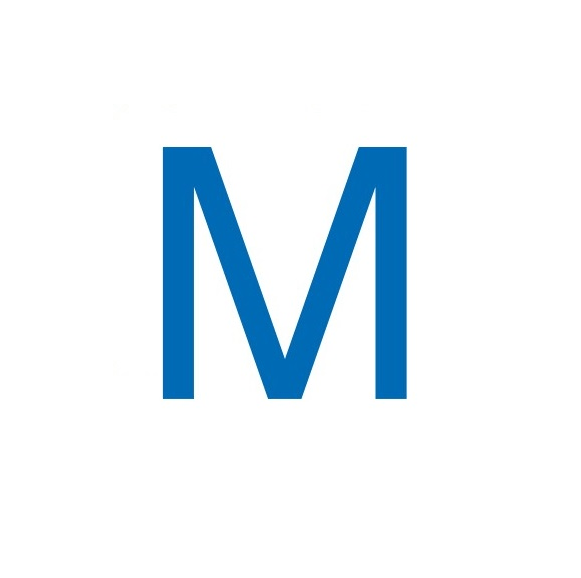Safety in Numbers: OHSAS 18001 or is it ISO 45001?
22nd January 2016
This week marks the release of a ‘Draft International Standard’ for ISO 45001 – the newest form of the Health & Safety management system OHSAS 18001.
Whilst it seems like a lot of numbers and letters jumbled together, many firms are familiar with various International ‘ISO’ Standards, particularly the ones that frequently feature in Integrated Management Systems (IMS), i.e. ISO 9001 (Quality) and ISO 14001 (Environment). A common pillar to IMS is H&S Management System, OHSAS 18001:2007, the British Standard for occupational health and safety management systems (OHSMS).
OHSAS 18001 has been informally recognised in the international marketplace for several years, however it is soon to gain the official ‘ISO’ stamp of approval under the new guise of ISO 45001, expected for release October 2016. A key driver for ISO recognition is the belief that a standardised approach to health and safety management will raise standards of risk management and compliance across the board.
What is ISO 45001?
ISO 45001 is an OHSMS system which will adopt the standardised ISO ‘Annex SL’ structure. In its most basic form, it provides a framework for hazard identification and risk assessment, allowing companies to manage risks in order of likelihood and severity, using procedures, processes, documentation, training, awareness and communication.
Just a name change, or more to it?
Main changes from OHSAS 18001:2007:
- Assessment of the organisational context. This will determine the most pertinent health and safety risks to your business, including the supply chain. This widens the scope of the system and requires businesses to consider the needs and expectations of key stakeholders, both internal and external.
- Increased onus on Leadership throughout the organisation. Management and Board level must demonstrate a clear commitment to driving improvements in Health and Safety performance.
- Increased onus on managing change within an organisation.
- Alignment of the structure of the Standard with ‘Annex SL’ to aid the integration of ISO Standards.
Why would we bother?
Benefits of seeking ISO 45001 certification:
- Increased awareness of stakeholders’ requirements.
- The Annex SL structure simplifies integration with other ISO Standards already in place, supporting the set-up of an IMS if desired, reducing duplication (and effort!).
- Positive recognition (clients, public and other stakeholders) for being ‘ahead of the game’.
- Alignment of international businesses’ OHSMS.
- International recognition for ‘ISO’ branding.
What are the timescales for transition?
- The ‘Draft International Standard’ (DIS) has now been released for comment – see by registering here.
- A ‘Final Draft International Standard (FDIS) may be required, dependent on the outcome of this consultation – likely summer 2016.
- ISO 45001 will be published – either Q4 2016 (if FDIS by-passed) or Q1 2017.
I hold OHSAS 18001:2007, do I need to transition?
There is no immediate requirement to do so, however eventually (likely within 3 years of release of the new Standard), existing OHSAS 18001 certifications will cease to be valid. Therefore, it is worthwhile (especially where the OHSMS scope includes many sites/employees/processes) to plan ahead to ease the transition to ISO 45001. The content of the DIS is unlikely to change substantially, so you can start planning now!
How can Mabbett assist the transition?
Whether you operate an uncertificated OHSMS, hold the existing OHSAS 18001 (or another similar Standard), immediately want ISO 45001, or wish to judge the amount of work required to transition, Mabbett’s team of Occupational Health and Safety Professionals will be glad to assist with gap analysis and targeted action plans, to provide you with the tools to achieve ISO 45001 certification. We can also assist in the full development of an OHSMS to ISO 45001 Standard if you don’t have the time, resource or knowledge to do it internally.








 Previous
Previous 

